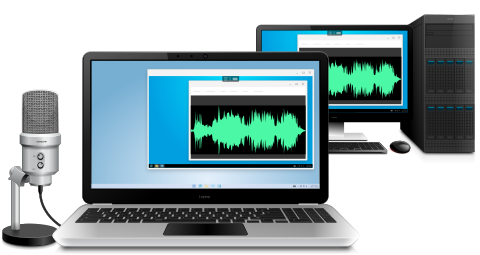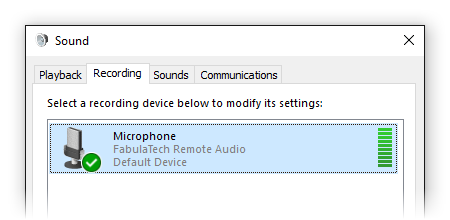Product Name And Tagline
17 words, 122 charachters
Short Description
43 words, 266 charachters
Bigger Description
74 words, 481 charachters
Large Overview
819 words, 5243 charachters
Product Graphics
Sound for Remote Desktop Icon
Sound for Remote Desktop Software Box
Sound for Remote Desktop Screenshots
Product Links
 Sound for Remote Desktop box and CD, printable
Sound for Remote Desktop box and CD, printable
 Sound for Remote Desktop box, printable
Sound for Remote Desktop box, printable
 Sound for Remote Desktop box, medium
Sound for Remote Desktop box, medium
 Sound for Remote Desktop box, small
Sound for Remote Desktop box, small


